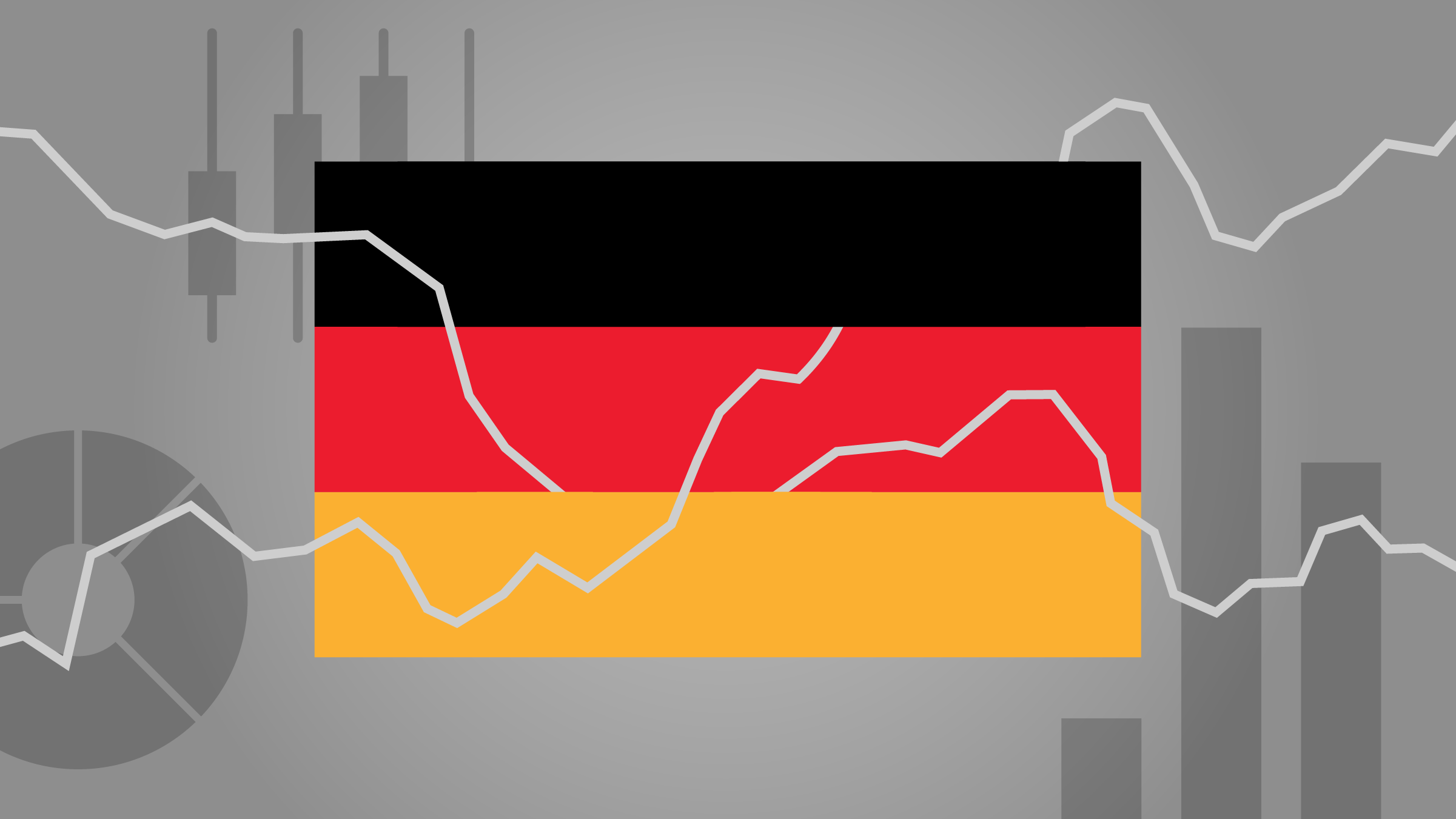Rolle im Portfolio
The ComStage ETF iBoxx Euro Liquid Sovereigns Diversified 3-5y offers investors exposure to the short-to-medium-dated maturity segment of the eurozone government bond market. Investors may use this ETF as an alternative to cash holdings. Given the current low yield environment, particularly for short-to-medium-dated maturities from top-rated eurozone issuers, investors looking to equitise their cash may find this medium-dated government debt ETF a more suitable investment than short-dated debt due to the potential for higher returns. Going out further in the maturity spectrum, however, would pose additional risks in the form of greater duration and interest rate sensitivity.
Investors seeking short-to-medium-dated eurozone sovereign debt exposure need to be aware that this ETF includes issuances from non-AAA-rated sovereigns, though iBoxx's index methodology excludes non-investment grade issuers (e.g. Greece and Portugal at the time of writing). As a result, low yields offered by top-rated issuers and the capital losses experienced by peripheral issuers resulted in this ETF's relatively weak performance of 2.18% compared to the average ECB refinancing rate (1.19%) annualised for the past two years.
Tactically-minded investors can use the ETF to manage interest rate risk exposure within a broader portfolio of fixed income holdings spanning the entire curve. This ETF's 3-5y maturity bias provides investors with the more versatility to micro-manage duration on the upside and the downside than otherwise similar short-dated or long-dated maturity ETFs. As a result, we would argue that the tactical use of this ETF in this manner is likely best suited to institutional investors as it involves a good understanding of yield curve dynamics and the extensive monitoring of economic developments and ECB monetary policies.
Fundamentale Analyse
Following revelations regarding the true extent of the Greek budget deficit in 2009, the financial health of the eurozone's periphery members began to be disputed, and the discussion has continued to be at the forefront of the market dynamics today. In the second half of 2011, the viability of the single currency bloc was called into question prompted by worries that the fiscal contagion originating in Greece had spread to Italian and Spanish government debt. Eurozone governments acted quickly in an attempt to inoculate core eurozone governments from the contagion's spread by increasing the firepower of the EFSF to EUR 1Trn. At the same time, eurozone leaders approved one-off policy measures designed to deal with the Greek debt situation (e.g. a 50% haircut for private sector holders of Greek bonds). At the EU Summit in December 2011, eurozone leaders took steps toward deeper fiscal integration through an inter-governmental "fiscal pact" outlining strict budgetary formulation and supervision rules, as well as automatic sanctions for countries violating acceptable deficit levels.
Despite the efforts of eurozone leaders, worries about the viability of the single currency bloc persist and have vaulted sovereign risk back to pre-euro era levels of importance in terms of shaping the pricing dynamics of the eurozone government bond market. Today, government debt from the periphery carries a substantial risk premium versus the German Bund and other top-rated issuers. The driving force behind this divergence in risk perceptions, it could be argued, stems from disparity in economic performance between the core and the periphery. However, even if economic indicators across the eurozone began to converge and generally improve, it is safe to assume that the crisis has altered investors' risk perceptions regarding core and periphery government paper for the long-term.
Against this backdrop, the European Central Bank (ECB) has been active in promoting financial stability by providing liquidity with unprecedented levels of favourability to the eurozone banks. Collateral requirements have been relaxed, reserve requirements loosened, loan terms lengthened, and interest rates lowered all with the intent to 'grease' the monetary engine. The effectiveness of the ECB policies divides opinion, with some arguing that these policies have been enacted to prepare the financial system for partial sovereign defaults. On the other hand, other observers hope these policies are a type of 'back-door bazooka' aimed at indirectly funding the periphery until eurozone structural reforms can be agreed to and enacted.
Looking ahead, the outlook for the eurozone sovereign debt market remains in a state of tremendous fluidity, as the January round of ratings downgrades by S&P - including the loss of AAA by France, Austria and the EFSF - showed. The mild tightening cycle of mid-2011 has been fully reversed, with interest rates back down to 1.00% as we write. The downward trend in the current inflation rate, and more importantly, the lowering of medium-term inflation expectations towards the ECB’s price stability target of around 2.0%, bodes well for a protracted period of ultralow interest rates, with further cuts appearing a distinct possibility.
Indexkonstruktion
The Markit iBoxx Euro Liquid Sovereigns Diversified 3-5 TR index measures the performance of the most liquid fixed-interest euro-denominated government bonds issued by eurozone governments with residual terms ranging from 3-5 years. Bonds must meet two criteria to be eligible for inclusion into the index: 1) a residual term is at least 3.5 years and 2) a minimum outstanding volume of EUR 2bn. The index contains a maximum of 25 components at any one time. If less than 25 bonds meet the selection criteria, all available bonds will be included in the index. If more than 25 bonds meet the selection criteria, index components are selected by the i) period of time elapsed since the issue date is between zero and four years, ii) highest issuing volume, iii) most recent time of issue, iv) longest residual term, and v) lowest coupon. Index components are weighted in accordance with their outstanding volume, but country weighting caps are applied to restrict a single country's allocation to a maximum of 20% at the time of rebalance. The index employs a total return calculation methodology, which means that coupon payments will be reinvested into the index. The index is reviewed and rebalanced quarterly. At the time of this writing, the index offered the largest country exposure to France and Germany (around 20%), followed by Italy (around 18%), and Spain (around 15%).
Fondskonstruktion
The ComStage ETF iBoxx Euro Liquid Sovereign Diversified 3-5 uses synthetic replication to deliver the index’s return to investors. According to our research, Comstage uses the unfunded swap model with parent company Commerzbank being the sole counterparty, whereby ComStage uses investors’ money to buy a basket of securities from Commerzbank and enters into an arrangement in which the bank pays the index performance (net of fees) in exchange for the performance of the fund’s holdings. The fund’s holdings are comprised of blue-chip European equities (usually constituents of the EURO STOXX 50 or DAX 30 indices). The substitute basket is held in a segregated account at BNP Paribas and monitored daily by ComStage’s management company. In addition to the substitute basket, Commerzbank posts collateral equivalent to 105% of the swap value. The collateral basket is held in a segregated, pledged account managed by Clearstream Banking. ComStage will reset swaps three to four times per year and whenever there is a creation/redemption in the fund. ComStage may engage in securities lending, loaning up to 100% of the substitute basket in order to raise additional income. Our understanding is that income raised from this practice (less lending fees) reverts back to the ETF. In order to mitigate the counterparty risk from the practice of securities lending, ComStage requires borrowers to post high-quality collateral (e.g. top-rated liquid government bonds) equivalent to 100% of the loan amount. This ETF was launched in October 2009, is domiciled in Luxembourg, and trades in Euros.
Gebühren
ComStage charges a total expense ratio (TER) of 0.12 for this ETF. This TER is below the mid-point of the annual cost range (e.g. 0.12-0.23%) for ETFs from the main European providers tracking indices biased to the short-dated segment of the eurozone government bond market. A majority of providers charge TERs in the 0.15-0.17% area.
Alternativen
This ComStage ETF lags behind some of its swap-based ETF competitors in terms of liquidity, but does compensate investors by applying a more competitive TER. For example, the Lyxor EuroMTS 3-5y ETF is the most popular and most actively traded ETF offering exposure to the short-to-medium-dated segment of the eurozone bond market. However, Lyxor charges a 0.165% TER and tracks an index that includes all eurozone issuers regardless of rating.
Those looking for physically replicated alternatives could look at the iShares Barclays Capital Euro Government Bond 3-5 ETF, second to Lyxor in terms of AUM amongst ETFs offering exposure to this segment of the curve. Similar to ComStage, it tracks an index that is restricted to the most liquid and regularly traded bonds issued by the five largest eurozone countries. For this product, iShares charges a higher TER of 0.20%.
















